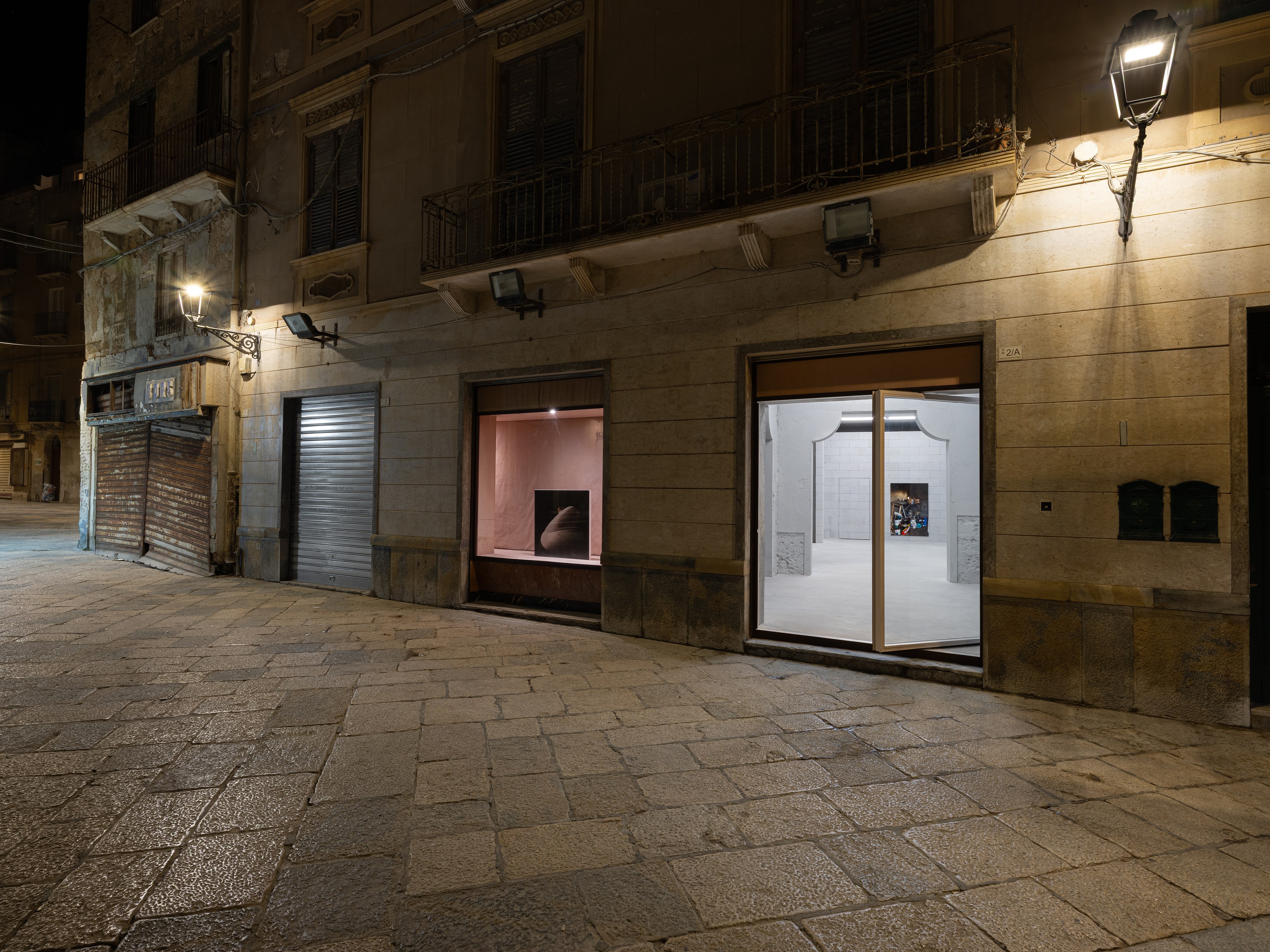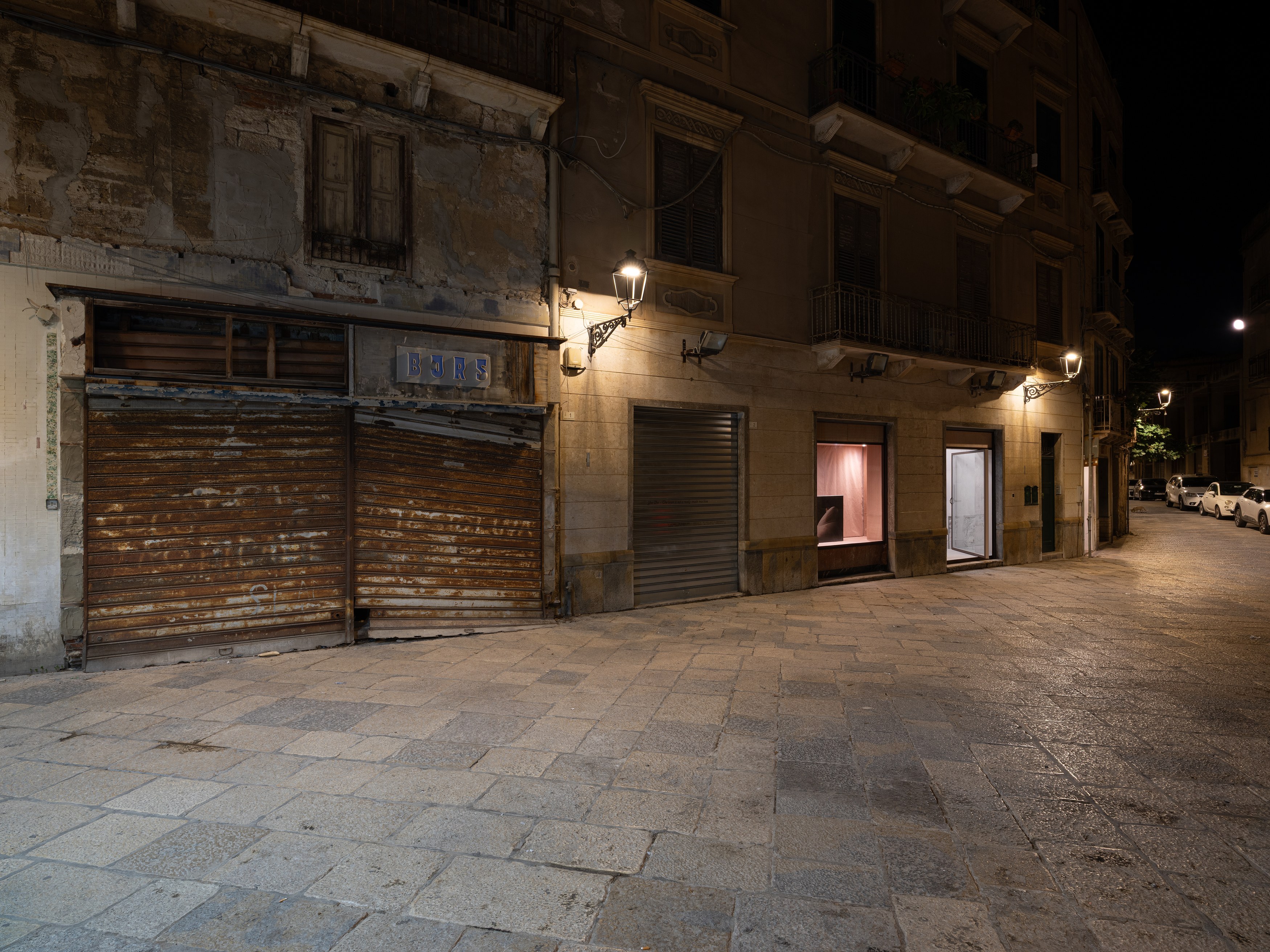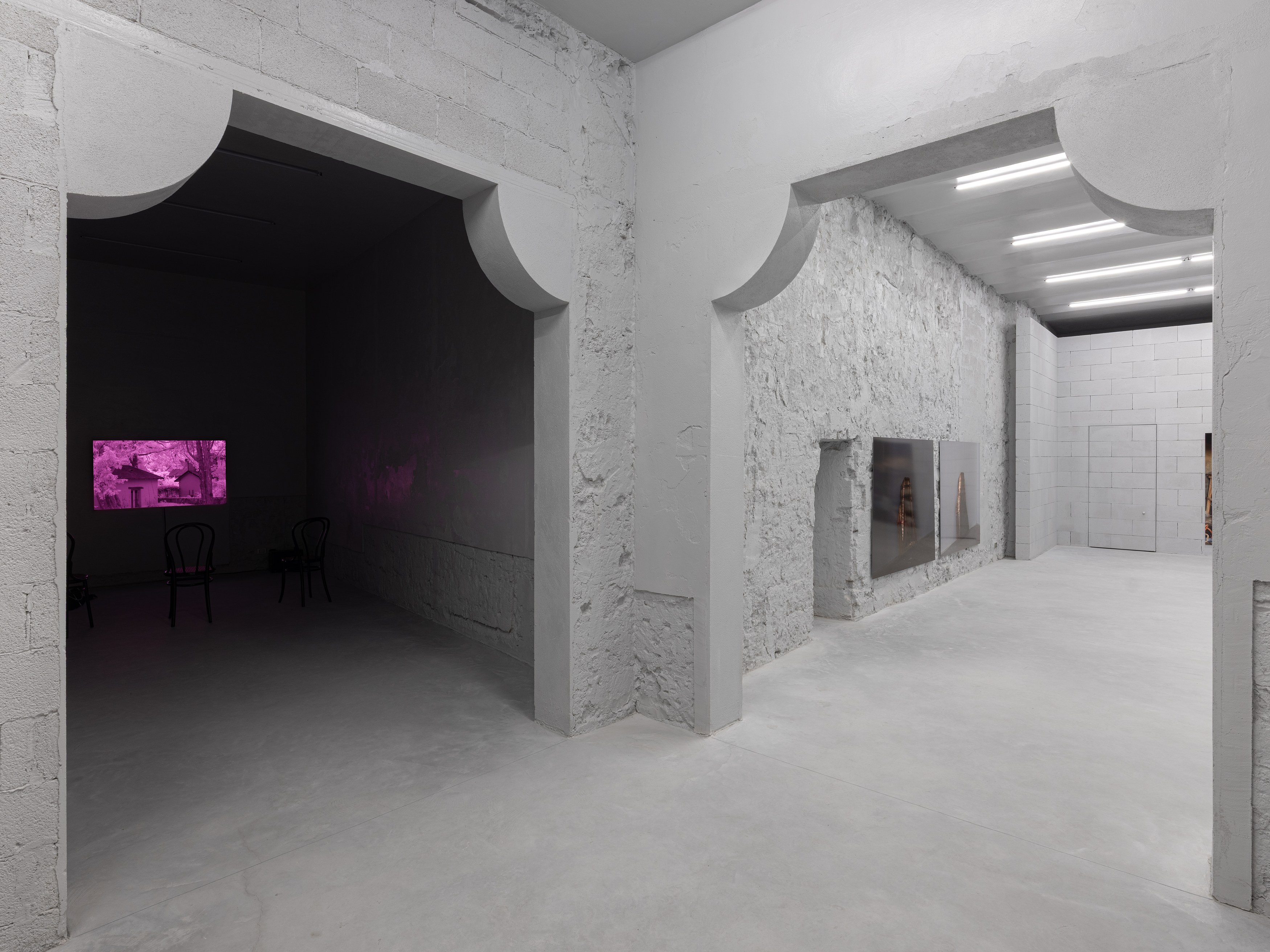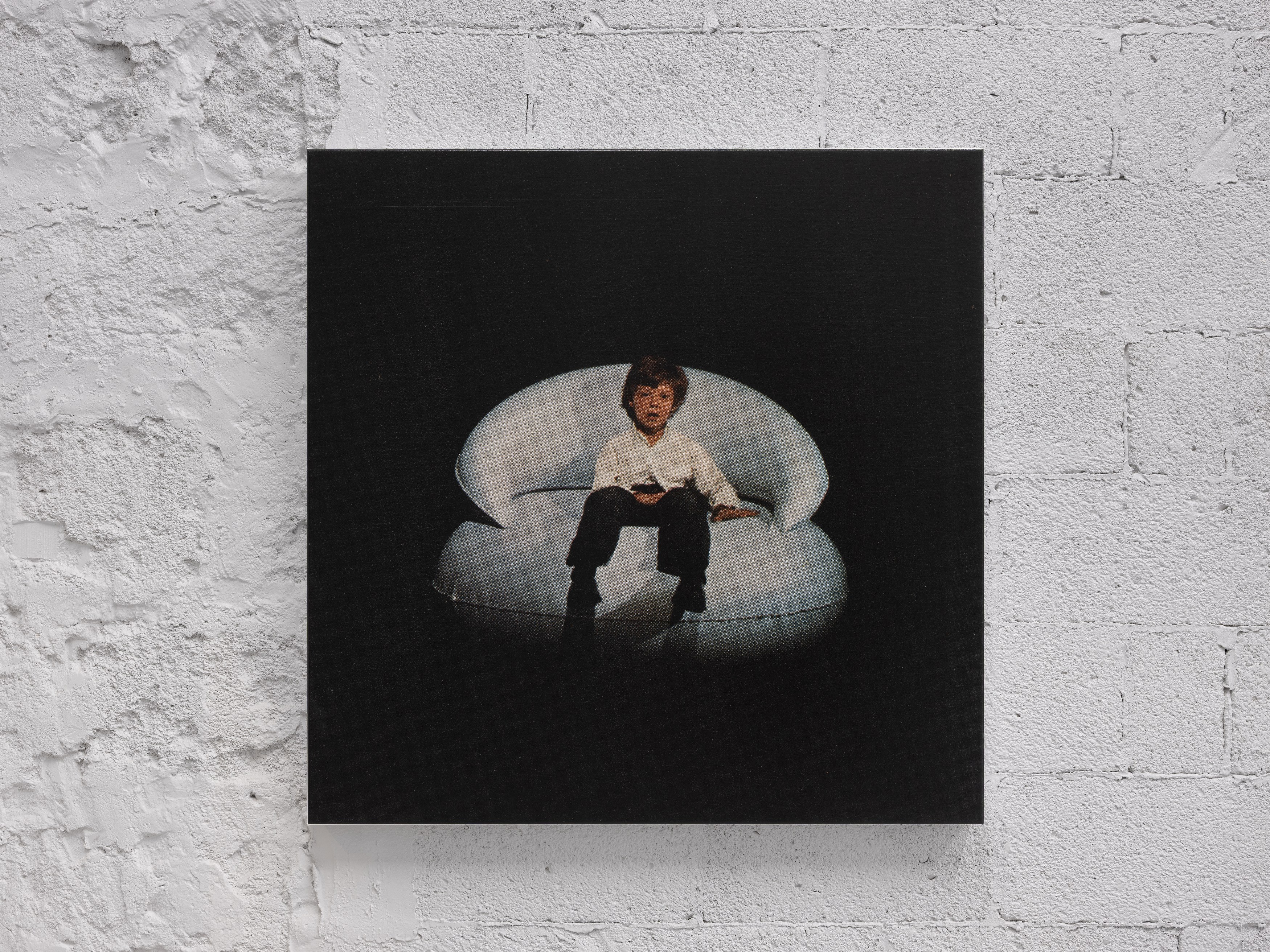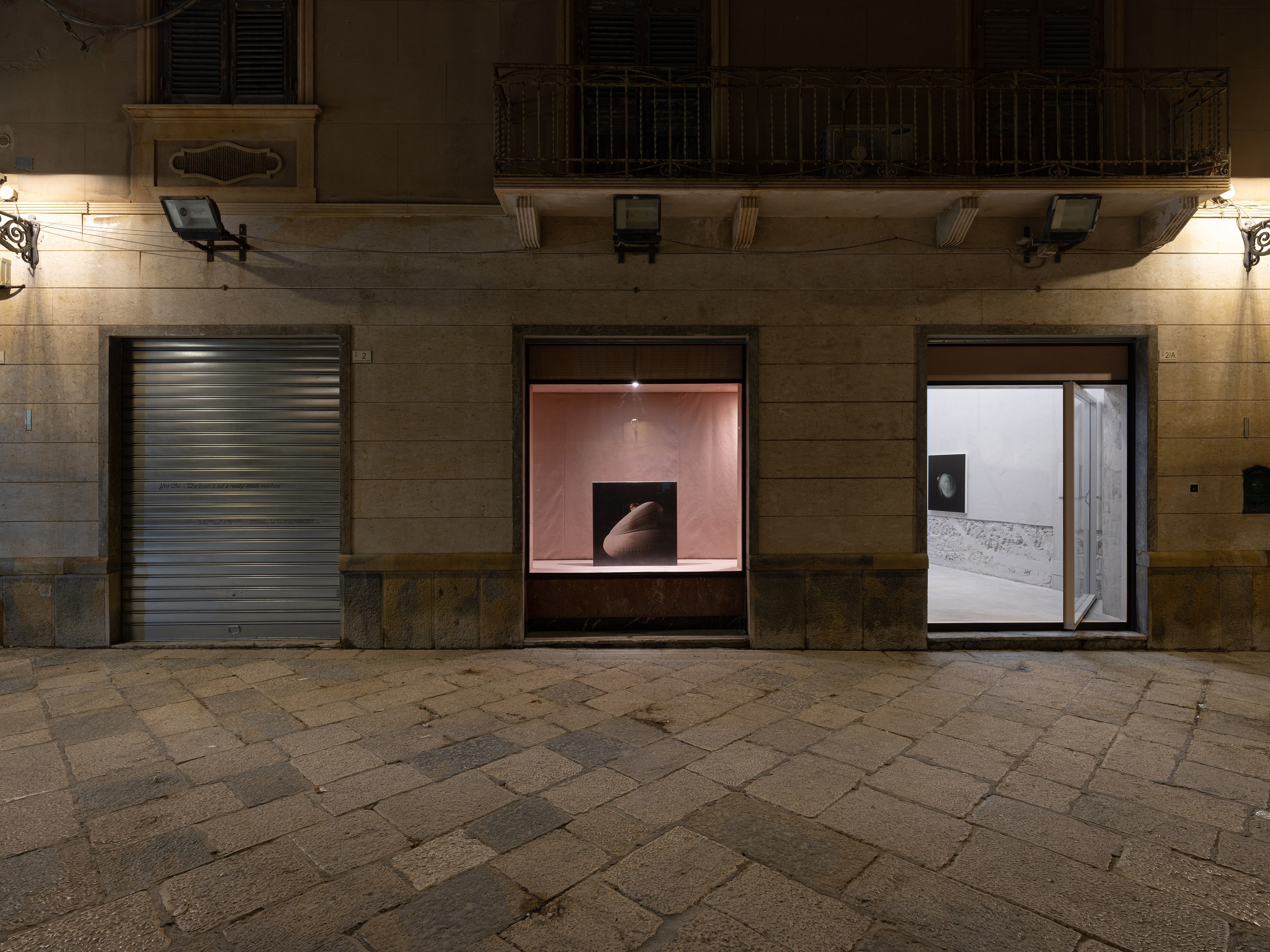
The brain is not a ready-made machine is Yvo Cho’s first solo show outside of Germany, following his studies at Kunstakademie Düsseldorf and the Städelschule in Frankfurt. The exhibition focuses on a selection of the artist’s recent work in photography and includes a newly-commissioned moving image piece that continues Cho’s experimental use of camera technologies to document specific locations or architectures; in this case, La Borde – the psychiatric clinic where the psychoanalyst Félix Guattari began practicing in 1955.
The title of the show is taken from an essay by François Tosquelles, who, together with Jean Oury, pioneered ‘Institutional Psychotherapy’ in post-war France.[1] Oury founded La Borde in the French town of Cour-Cheverny, where he was joined soon after by Guattari who worked there for the rest of his life. The clinic was distinct in that it was set up in a 19th Century château in the countryside rather than the type of architecture typically associated with psychiatry.
Cho visited Cour-Cheverny, where the clinic is still in operation today, and filmed the château and grounds using a camera modified to record light beyond the spectrum visible to the human eye; for example, stonework and foliage are rendered in lysergic tones of fuchsia and magenta. Rather than high-contrast naturalism, La Borde (2025) presents its subject as otherworldly, echoing the impressionistic vignettes that comprise La petite Borde (2012) – the memoir written by Guattari’s daughter Emmanuelle about growing up at the clinic – which describe a world usually unseen.
Shown alongside La Borde , Cho’s photographic work reconsiders the reliability of images today and how their status changes as they circulate publicly across various platforms. Several photographs in the show revolve around two of the artist’s recent sculptures, reproductions of a Korean winnowing basket, and trace the origin, making, and eventual documentation of these works. The sculptures are based on a Ki, a rice harvesting tool traditionally made of bamboo that the artist reconstructed in copper. The Ki was also an object of shame: as a punishment for children who wet the bed, they were made to wear it publicly. After making his sculptures, the artist urinated on them – urine oxidizes copper – in an act that could be interpreted as a rebuttal of childhood embarrassment.
For Untitled Sculpture I-II , (both 2025), Cho photographed the sculptures as they were installed in a recent show in Frankfurt, using a 400-megapixel medium-format camera to capture the works at a one-to-one scale. By exhibiting images of the works rather than the sculptures themselves, the artist invokes the inevitable loss, of both detail and engagement, in reproductions of artworks usually seen again circulating online or printed in publications. Moreover, Cho introduces the role of subjectivity into the documentation of artworks. While it is often professional photographers who document art, there is a lineage of artists who have photographed their own work; early examples being Constantin Brancusi and Medardo Rosso, the latter of whom was the only photographer of his sculptures.
Wacho-ri still life I, (2025) is a photograph of the contents of a tool shed in Korea owned by Cho’s late grandfather, used to store tins of motor oil for fueling rice harvesting machines. The composition of the photograph resembles a painted still life; here, the objects depicted symbolize how industrialized agriculture has replaced traditional farming practices that once utilized the Ki. Completing this cycle of works is Copper Reel, (2025), aphotograph of a roll of copper that Cho used as raw material to make his sculptures, taken as it appeared in its cardboard packaging. The shape of the roll of copper also resembles a wound-up film reel, an allusion to celluloid, and by extension, perhaps, to cinema.
Installed throughout the show, Cho’s recent series, After Giorgio Casali I-II-III (all 2025), reproduces photographer Giorgio Casali’s images of an inflatable chair designed by Bernard Quentin that were originally published in an issue of Domus magazine from the 1960s. The artist enlarged three images to a scale that makes their registration visible, which he then printed on linen and coated in lacquer – a sealant that is used to protect surfaces. Applied here, it solidifies an image that had already appeared in print media, reintegrating it back into the physical world. Across his practice, photography meets other forms, such as painting, sculpture, architecture and design; the artist making fresh use of it in an inattentive present where images feed the camera’s eye.
––
[1] In Psychotherapy and Materialism: Essays by François
Tosquelles and Jean Oury, ed. by Marlon Miguel and Elena
Vogman, Cultural Inquiry, 31 (Berlin:
ICI Berlin Press, 2024), pp. 47–88
